We always use money to buy goods and services. Without monetary transactions, it is hard to live. This means money has a close relationship with people’s daily lives. The history of money goes back to ancient times, so money has been evolving for 5,000 years. How much do we really know about money, though? From this point on, follow us to know more information about money!
Time Travel with Money
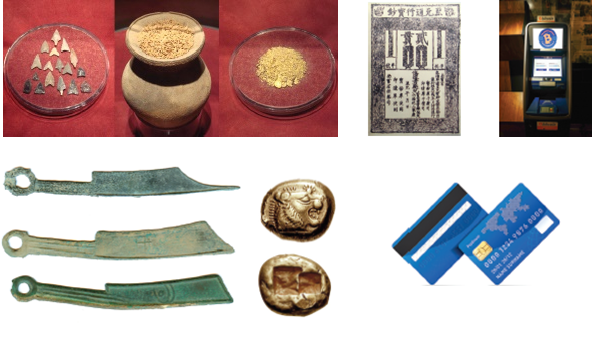
Money has been always with us in different shapes. Money’s history can be divided into B.C., A.D., and the present.
- People bartered in the Old Stone Age and used “commodity money” such as salt, shells, rice, and cloth in the New Stone Age. However, after a long time, commodity money was broken and rotten and became uncomfortable, so people began to find a new thing. It was a gold, something that remained unchanged and everyone wanted to have. However, money made of gold was too heavy and was easily stolen. That was the reason that the comfortable bills and coins we use nowadays appeared. Then, continuing the story from the Stone Age, in the eighth century B. C., metallic money in the shape of a knife appeared in China's Warring States Period. Also, in the seventh century B. C., metal coins carved in the shape of a lion’s head were made in ancient Lydia, which is now Turkey. In the sixth century B. C., Athens, in ancient Greece, started to make coins. In the third century B. C., Shi Huang Di of the Qin Dynasty unified money.
- In the first century, various kinds of money were issued in the Han Dynasty in China. In 1483, the first paper money was issued in the Yuan Dynasty. In 1851, the credit card, which is the same meaning as “current,” was introduced in the United States.
- Nowadays, money has evolved into various shapes, and “bitcoin” is one of the hottest issues. Virtual money represents a society without cash. Its increase will accelerate the disappearance of bills and coins. And the first highlighted virtual money was bitcoin made by a programmer in 2009. The word “bitcoin” is a combination of “bit,” which is a digital unit, and “coin.” Bitcoin was so popular that overseas markets and ATMs appeared. However, recently, bitcoin has slowed down because of various regulations. Nevertheless, this transaction is highly active in that there are already about 100,000 offline shops overseas that use bitcoin.
Do you know the word “bankruptcy”?
There were people who lent and managed money, putting a long table in front of them, in 14th century Firenze, Italy. The table was named “banco” and it rapidly spread and became “bank.” However, the people who lent and managed money often went broke, so the person who deposited their money with them became angry and smashed the table. The broken table was called “banco rotto,” and this became the word “bankruptcy.”
Familiar but Unfamiliar
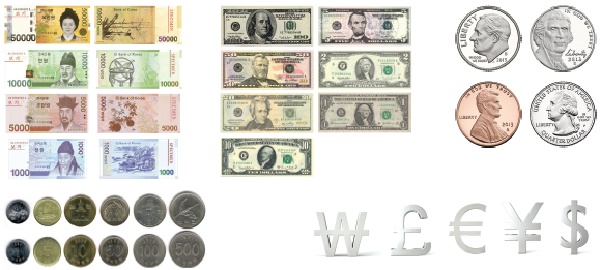
Money contains the culture, history, customs, and character of each country. The biggest reason that money includes a character is to prevent counterfeiting. Characters’ faces have unique individuality in comparison with other designs. Also, countries have their own monetary units. For example, Korea's is the won, which is derived from the Chinese character meaning circle. For the same reason, the monetary unit of Japan is the yen, and the monetary unit of China is the yuan. The dollar is the monetary unit of the United States, Australia, Canada, and so on. Also, a dollar is represented by a sign “$”. “Dollar” originated from the word of Low German and Flemish “joachimstha” which is a district named Joachim's Valley of old Germany and the current Czech Republic that is rich in silver. Later, this was shortened as “Thaler,” and this became “dollar.” Meanwhile, the monetary unit of the British is the pound because it originated from the weight unit “Pondus” of ancient Rome. Lastly, the monetary unit of 19 countries in the EU including France and Germany is the Euro.
Now, let’s take a close look at the won and dollar. First, Korea’s current bills are the 1,000 won, 5,000 won, 10,000 won, and 50,000 won. Also, Korea’s legally used coins are 1 won, 5 won, 10 won, 50 won, 100 won, and 500 won. The 1 won and 5 won were previously bills and were changed into coins in 1966. However, they are rarely used in transaction and are only made for a coin set for souvenirs because when the national economy grows and prices rise, the currency unit starting from the lowest disappears in the market. King Sejong, who is one of the most respected kings in Korean history for creating Hangul, is featured on the 10,000 won bill. The 50,000 won bill was first issued in 2009, and Shin Saim-dang became the first female figure to be featured on a Korean banknote. Even today, Shin Saim-dang is remembered as the respected great mother of Yi I, who was one of the prominent Korean Confucian scholars, and Yi I is also featured on the 5,000 won bill. Shin Saim-dang was also a great artist of poetry and painting, so one of her paintings of grass and insects is included on the 50,000 won bill.
As for United States currency, it is divided into dollars and cents. Frequently used bills are the $1, $5, $10, and $20, while the bills of $2, $50, and $100 are rarely used. Moreover, people featured on the bills are important presidents and politicians of American history. The smallest bill, which George Washington is featured on, is the one-dollar bill. The two-dollar bill featuring Thomas Jefferson, also called a “lucky dollar” generally lost circulation. Also, Abraham Lincoln is featured on five-dollar bill. Everything below one dollar is minted in coins, but, interestingly, one dollar is produced in bills and coins, although the bill is more widely used. The coin’s unit is the “cent,” and this is a word that comes from the Latin meaning for 100. This means 100 cents should be gathered to make one dollar. Another interesting fact is that each coin has a different nickname: one cent is called a ”penny”; five cents is called a ”nickel” because it contains nickel; ten cents is called a “dime” from the Latin meaning for tenth; and finally, 25 cents is called a “quarter” because it is a quarter of a dollar.
Value of Money Changes the World’s Economy!
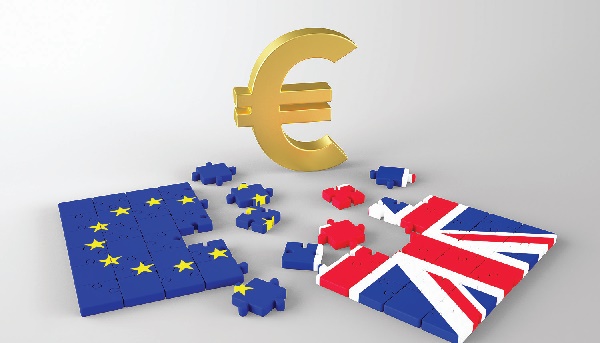
Do you know how today’s economic system was formed? These were the changes in the monetary system based on history.
- Gold Standard: A monetary system in which the standard economic unit of account is based on a fixed quantity of gold. Historically, this was advanced mostly by England in the 19th century.
↓
- Gold Exchange Standard System based on the Bretton Woods system: This system established the rules for commercial and financial relations among North America, Western Europe, and Japan. This was the first example of a negotiated monetary order intended to govern monetary relations among independent nation-states. This system was an obligation for each country to adopt a monetary policy that maintained the exchange rate by tying its currency to gold and the ability of the IMF to bridge temporary imbalances of payments.
- Dollar standard system: After 1971, President Richard Nixon announced that the United States would not exchange dollars with gold. Every nation’s currency value changed or followed the dollar’s value.
Exchange rate: When one country’s currency is exchanged for another, it is regarded as the value of another currency.
Currency value: Literally, it is the value of exchanging goods, or a currency’s general purchasing power.
After Brexit occured, the yen currency skyrocketed, but the exchange rate of the yen currency took a nosedive. The reason for this situation was that the yen is called “the safe asset.” Historically, the yen became expensive when the world’s economy was confusing, so the Brexit caused the same problem.
The History of Korean Currency?
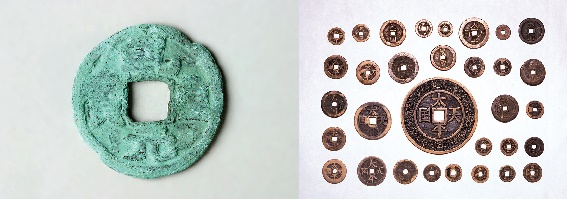
- During the era of the Three States, people used rice, cotton cloth, or grain instead of the metallic currency.
- During the Koryo Dynasty, commerce was well developed, so the metallic currency started being used. Before the first Korean coin was made, the currency was oddly-shaped and indistinguishable from bottles and coins. That coin was so expensive that the normal people could not use it.
- After 1945, the first currency of Korea was made by the Japanese because there was no power to make new currency. Instead of making the new currency, Korea just used Japan’s currency with translation. Until the emergence of Korea’s own coin in 1959, Korea still used the Japanese bill.
- In 2015, the evidence of Emperor Kojong’s currency reform appeared on the auction twice in Korea and was traded above 90 million won. That currency was originally for the modernization of the economy, but it failed and was burned, so now it is very precious.
The Interesting Story behind Money

- A sphere-shaped onion was found in Sudan’s southwest region, Darfur. This onion was used as the currency in the desert in ancient periods. It did not rot, was easy to carry, and everyone in Sudan noticed that it was for currency.

- Historically, Oman had been colonized by many neighbor countries. They always used guns for their safety, so the bullets were used for currency. 16 bullets were worth four gold junk or one Maria Theresa Thatler silver coin.
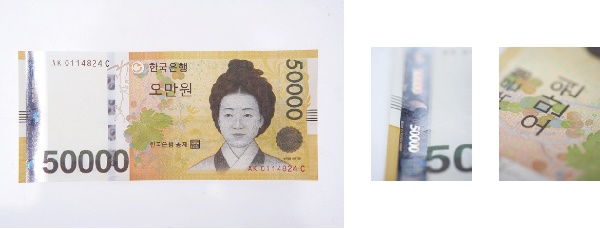
There are only eight money designers in Korea. The most important part during design is the prevention of forgery; that’s why design is also called “security design.” Designers let normal people distinguish between the real and fake money by touching, tipping, and shining the money. For example, there are yin-yang symbols on both sides in halves, and when they are combined, they become one entire yin-yang symbol. Or, we can find the printed line on back of the money when we hold the money against the light.
Celebrating the 2018 PyeongChang Olympics, for the first time in Korea, the Bank of Korea and PyeongChang Olympics Organizing Committee will issue a bill. The bill will be released in November. Everyone can buy it at designated banking organs.
Money or currency has been used with different shapes, countries, and people for a long time. It is sure that money is so essential in our lives. We usually consider the money’s value, but don’t care about money itself. How about visiting the Bank of Korea Money Museum and taking the opportunity to feel the identity of money?

